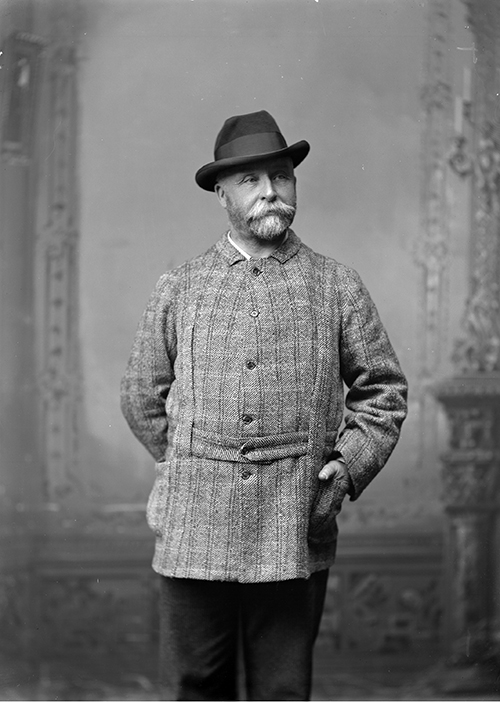Expeditions
Expedition Commanders

Hudson’s Bay Expedition of 1884
Hudson’s Bay Expedition of 1885
Hudson’s Bay Expedition of 1886
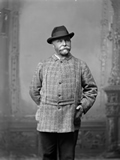
Expedition to Hudson Bay and Cumberland Gulf, 1897
High Resolution Map
Expedition to Hudson Bay and the Arctic Islands, 1903-04
High Resolution PDF File Option
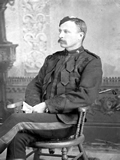
Expedition to Hudson Bay and Northern Waters, 1904-05
High Resolution Map
Expedition to Arctic Islands and the Hudson Strait, 1906-07
Expedition to the Arctic Islands and Hudson Strait, 1908-09
Expedition to the Northern Waters and Arctic Archipelago, 1910-11
High Resolution PDF File Option
Expedition Ships
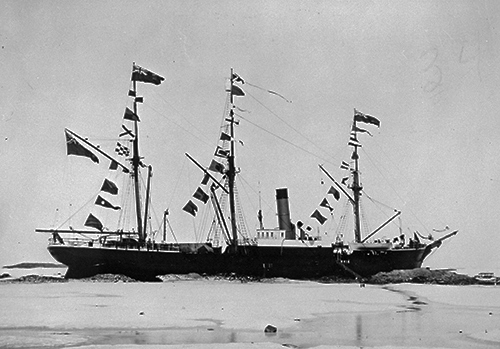



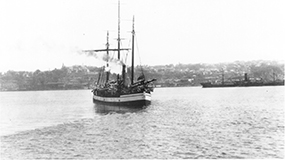
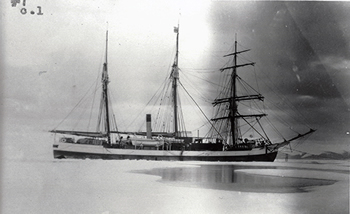
Photo credits: The many outstanding archival photographs posted on this website are reproduced with permission from: the Library and Archives of Canada (LAC), Natural Resources Canada 2013, courtesy of the Geological Survey of Canada (GSC), Parks Canada, and the RCMP Historical Unit, “Depot” Division (RCMP).

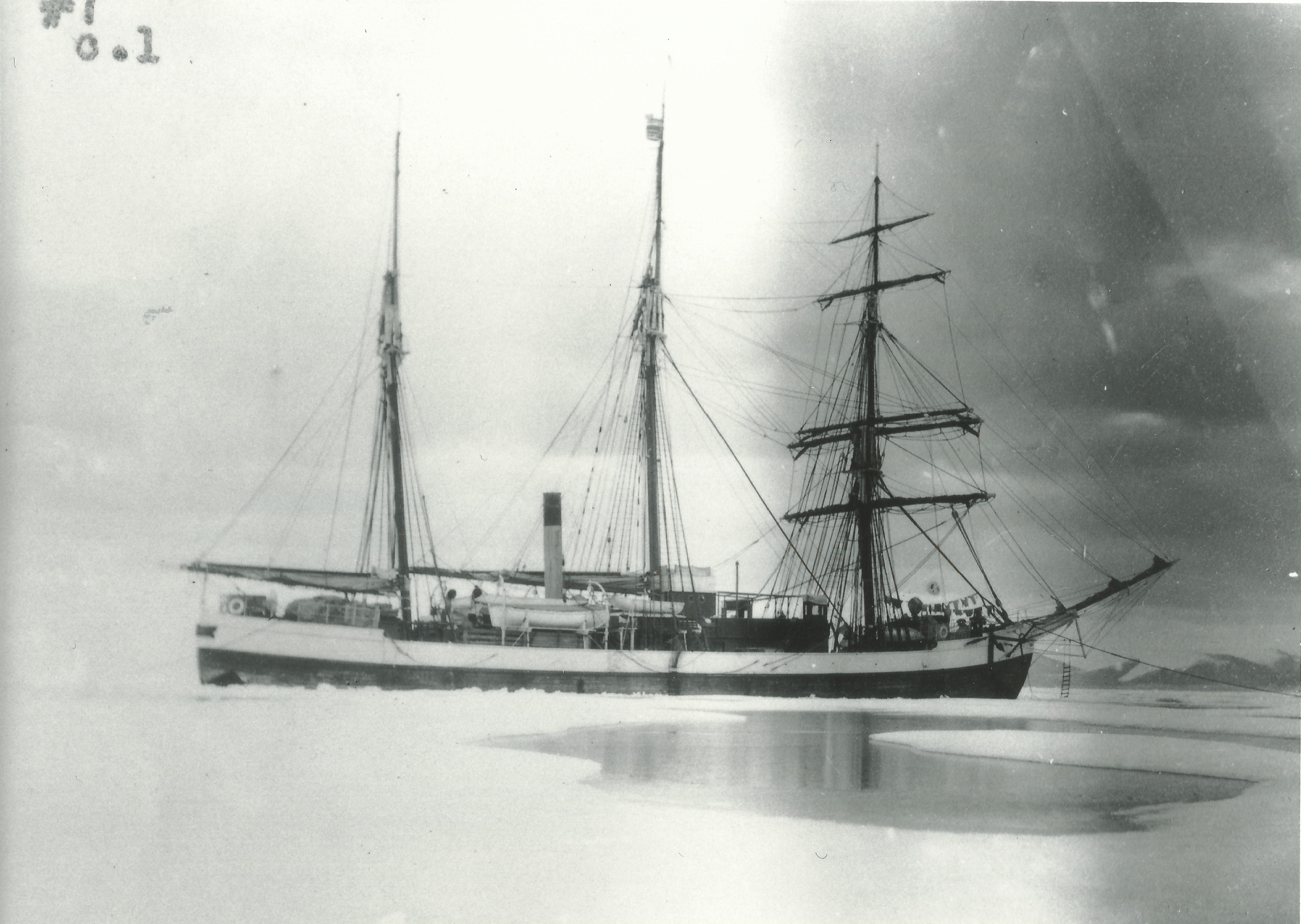
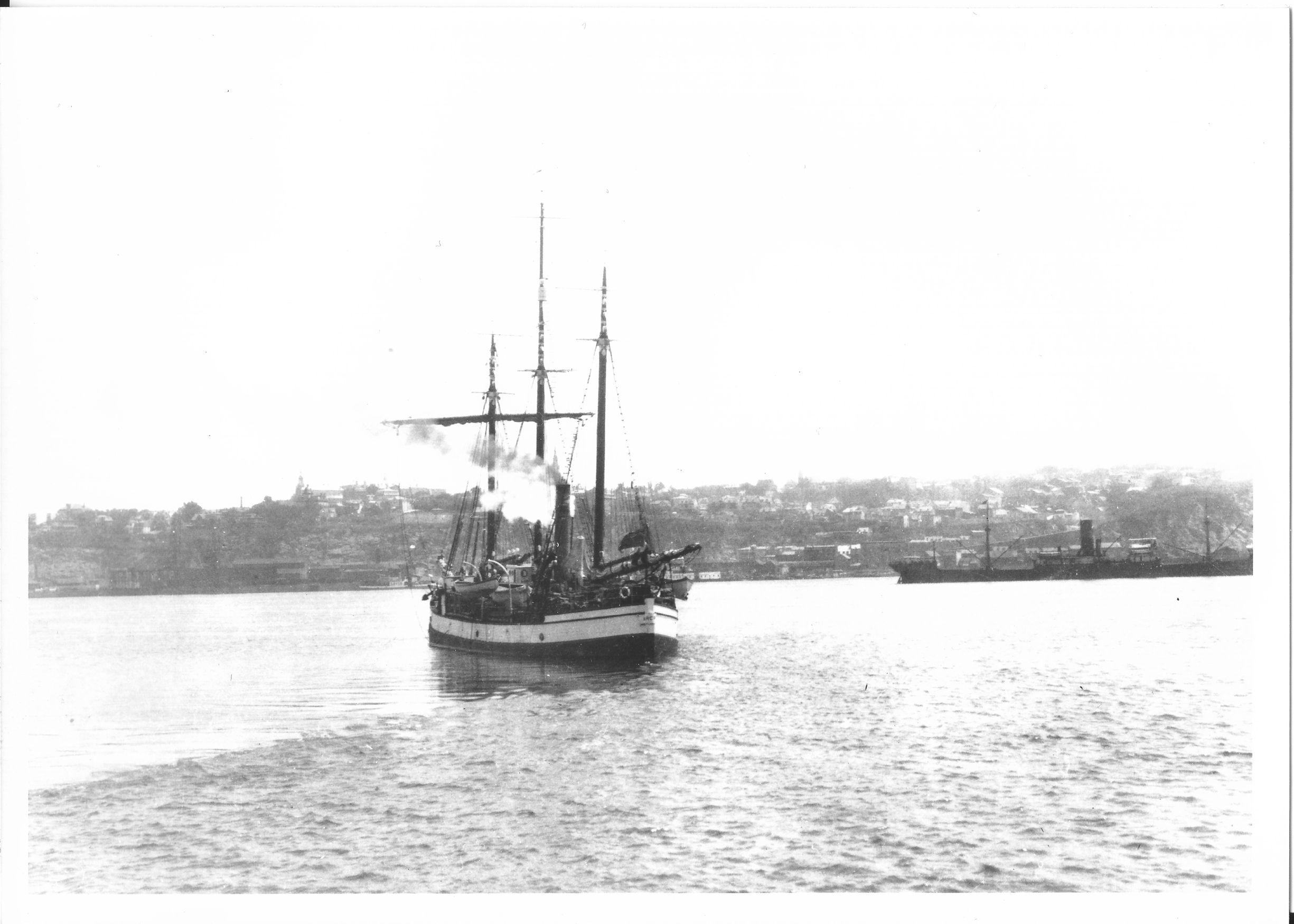
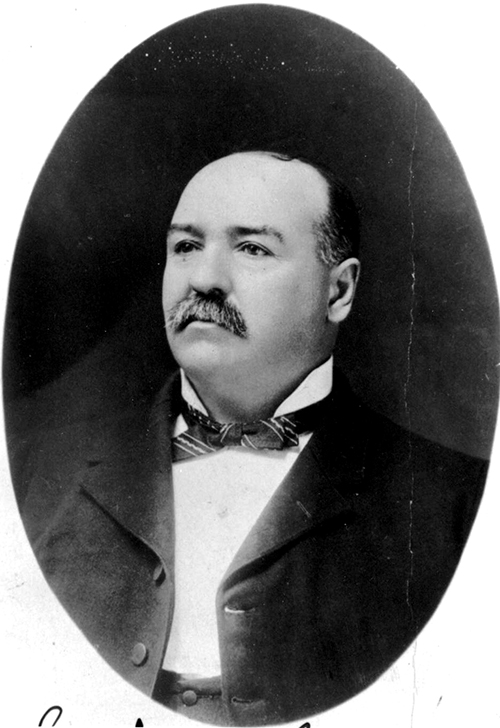 Capt. Joseph-Elzéar Bernier (January 1, 1852 - December 26, 1934) commanded three expeditions to the Eastern Arctic- 1906-07, 1908-09, and 1910-11. He raised the flag on the majority of the islands in the Arctic Archipelago, and claimed the entire Arctic for Canada on Dominion Day, July 1, 1909, in a ceremony at Winter Harbour, Melville Island. [Richard Finnie Collection, Library and Archives Canada, accession number 1987-154, PA-207173.]
Capt. Joseph-Elzéar Bernier (January 1, 1852 - December 26, 1934) commanded three expeditions to the Eastern Arctic- 1906-07, 1908-09, and 1910-11. He raised the flag on the majority of the islands in the Arctic Archipelago, and claimed the entire Arctic for Canada on Dominion Day, July 1, 1909, in a ceremony at Winter Harbour, Melville Island. [Richard Finnie Collection, Library and Archives Canada, accession number 1987-154, PA-207173.]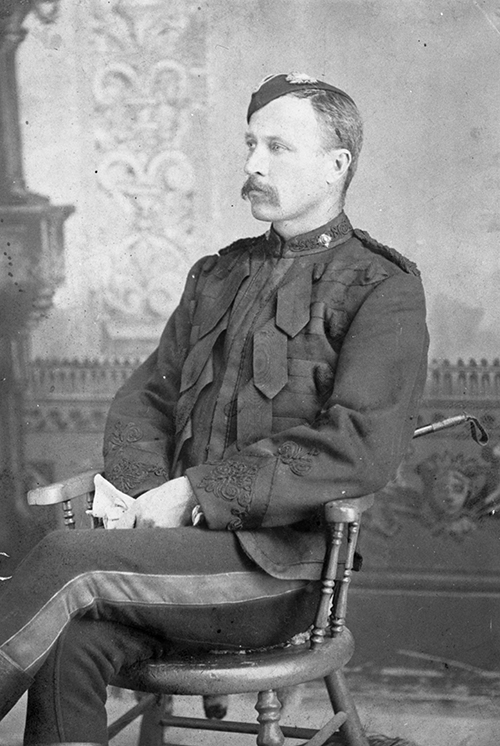 Superintendent (Major) John Douglas Moodie (1848 - December 6, 1947) of the Northwest Mounted Police commanded the expedition to Hudson Bay in 1904-05 and set up the first police post on Hudson Bay at Fullerton Harbour. He had accompanied Low’s expedition to Fullerton Harbour in 1903-04, and his experience that year resulted in his being appointed to command the 1904-05 expedition.[Geraldine Moodie, Parks Canada, PC-696.10. ]
Superintendent (Major) John Douglas Moodie (1848 - December 6, 1947) of the Northwest Mounted Police commanded the expedition to Hudson Bay in 1904-05 and set up the first police post on Hudson Bay at Fullerton Harbour. He had accompanied Low’s expedition to Fullerton Harbour in 1903-04, and his experience that year resulted in his being appointed to command the 1904-05 expedition.[Geraldine Moodie, Parks Canada, PC-696.10. ]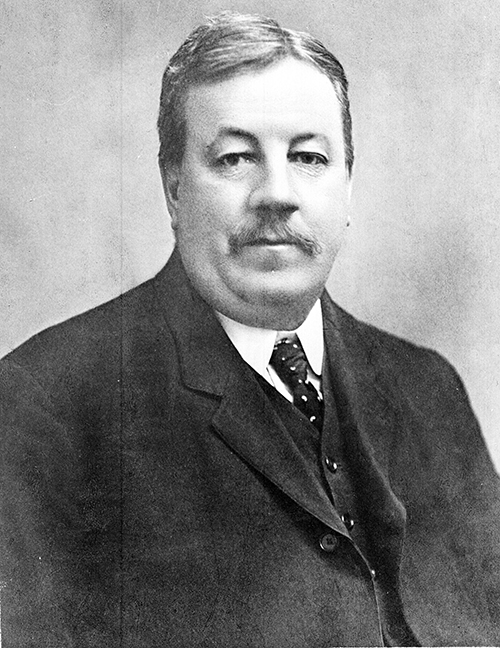 Geologist Albert Peter Low (May 24, 1861 - October 9, 1942) commanded the expedition to Hudson Bay and the Arctic Islands in 1903-04. His expedition was the first Dominion Government to overwinter in the Arctic in Fullerton Harbour on Hudson Bay. He also raised the flag on a number of islands in the Eastern Arctic as a show of sovereignty. [Natural Resources Canada 2013, courtesy of the Geological Survey of Canada, GSC 72071.]
Geologist Albert Peter Low (May 24, 1861 - October 9, 1942) commanded the expedition to Hudson Bay and the Arctic Islands in 1903-04. His expedition was the first Dominion Government to overwinter in the Arctic in Fullerton Harbour on Hudson Bay. He also raised the flag on a number of islands in the Eastern Arctic as a show of sovereignty. [Natural Resources Canada 2013, courtesy of the Geological Survey of Canada, GSC 72071.]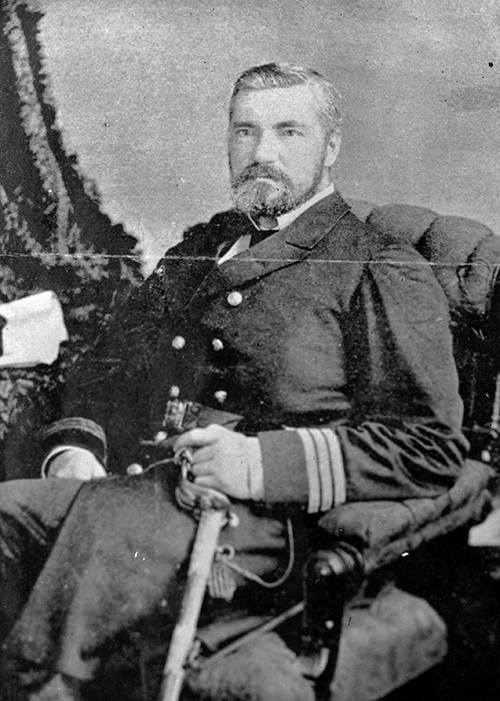 Lieut. Andrew Robertson Gordon (February 13, 1851 - March 24, 1893) commanded the three Hudson Bay and Strait Expeditions of 1884, 1885, and 1886, to determine the length of time that the Hudson Bay and Strait would be navigable as a shipping route. [Thomas E. Appleton Collection, Library and Archives Canada, e010691139.]
Lieut. Andrew Robertson Gordon (February 13, 1851 - March 24, 1893) commanded the three Hudson Bay and Strait Expeditions of 1884, 1885, and 1886, to determine the length of time that the Hudson Bay and Strait would be navigable as a shipping route. [Thomas E. Appleton Collection, Library and Archives Canada, e010691139.] 